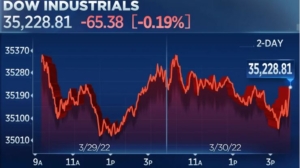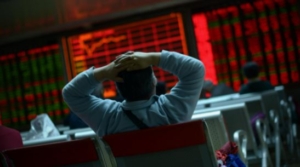An Important Earnings Season (It Really Starts This Week)
What’s in Today’s Report:
- An Important Earnings Season (It Starts This Week)
- Weekly Market Preview: Can Solid Earnings Spark a Rally?
- Weekly Economic Cheat Sheet: If Housing Finally Starting to Cool?
Futures are modestly lower following a generally quiet weekend of news.
Chinese economic data was better than expected as Q1 GDP rose 4.8% vs. (E) 4.2%, but concerns remain about future economic growth given continued lockdowns (concerns about future Chinese growth is a headwind on global stocks right now).
Geopolitically there was no change in the Russia/Ukraine war as fighting ranges in eastern Ukraine and there is no reason to expect a cease fire anytime soon.
Today the key report is the Housing Market Index (E: 78) and we’ll be looking for any signs that mortgage rates at 10+ year highs are starting to slow the housing market. We also get one Fed speaker, Bullard (4:00 p.m. ET), and we can expect him to be hawkish (but the market already knows that).
Finally, this is a big week for earnings and some important reports today include: BAC ($0.76), SCHW ($0.85), JBHT ($1.91).

